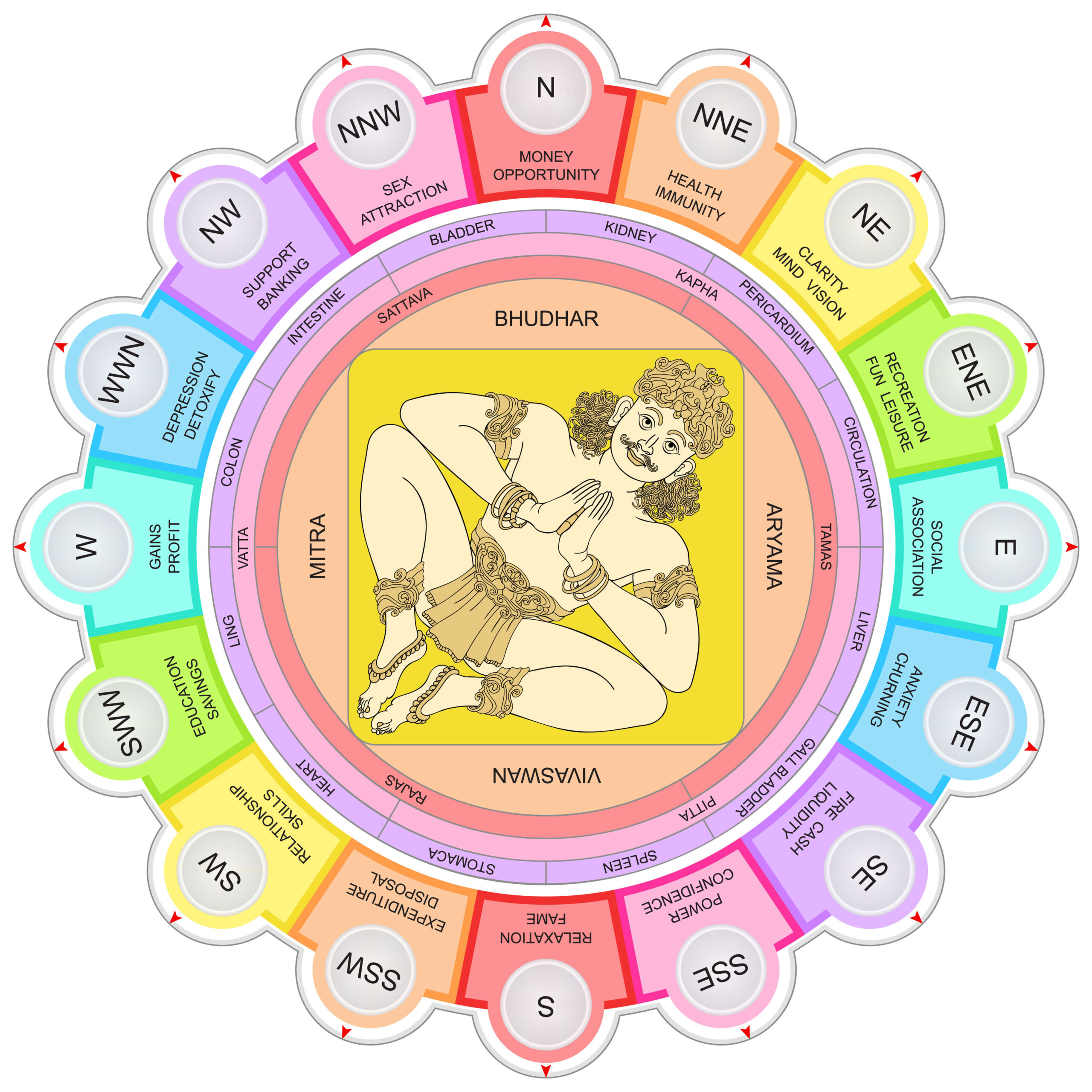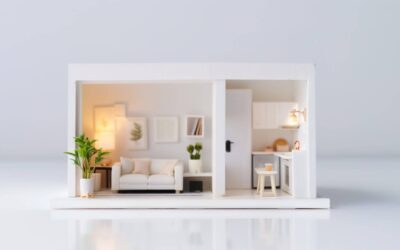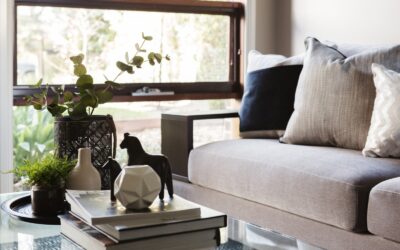Designing a modern interior that is both visually appealing and spiritually balanced can be a challenging yet rewarding task. In today’s fast-paced world, creating a space that offers peace, harmony, and positivity is essential. One way to achieve this is by integrating colour harmony and Vastu Shastra principles into your design. These ancient guidelines, combined with contemporary aesthetics, can help you create a space that is not only beautiful but also radiates positive energy.
Understanding Colour Harmony in Design
Colour plays a vital role in interior design, affecting the mood, perception, and overall ambience of a space. The concept of colour harmony is about using colours that are pleasing to the eye and that work well together. This can be achieved by choosing colours that are complementary, analogous, or by using a monochromatic colour scheme.
When designing modern interiors, it’s crucial to understand that colour is more than just a decorative element—it influences the atmosphere of a room. For instance, cool colours like blues and greens evoke calmness and tranquility, making them ideal for bedrooms or living spaces where relaxation is key. On the other hand, warm colours like reds and oranges are energizing and can be used to create a vibrant and lively environment, perfect for social areas like dining rooms or kitchens.
The use of colour harmony doesn’t necessarily mean a lack of variety. You can still incorporate bold colours or striking contrasts, but they should be used thoughtfully to ensure they don’t overwhelm the space. Remember, in modern design, “less is more” often holds true. A well-curated selection of colours can create a sense of balance and sophistication without the need for excessive decor.
Also note each element in the space from the wall, the wall art, the couch, throw pillows, the coffee table, the table lamp, the rug, the floor. Each one contributes to the overall effect and has a specific role to play. Hence the trained professional will keep in mind the theme in the choice of each element.
The Role of Vastu Shastra in Modern Interiors
Vastu Shastra, an ancient Indian science of architecture, offers guidelines that are believed to promote well-being by harnessing the natural energies of a space. While it has traditionally been associated with classical or traditional interiors, Vastu principles can be effectively applied to modern designs as well. (Since Vastu principles help direct the placement of furniture to facilitate the right energy, it is the next logical step to take the principles forward to the choice of colors as well.)
One of the core tenets of Vastu Shastra is the balance of the five elements—earth, water, fire, air, and space. Each element is associated with specific directions and can be enhanced through the strategic use of colours. For example, the north-east direction is associated with water, and Vastu suggests using light blues or greens in this area to promote calmness and creativity. Similarly, the south-east, associated with fire, can be enhanced with warm tones like reds and oranges to stimulate energy and enthusiasm.
Incorporating Vastu principles doesn’t mean compromising on modern aesthetics. In fact, these guidelines can complement contemporary design by ensuring that your space not only looks good but also feels good. The key is to blend the ancient wisdom of Vastu with modern design elements, creating a space that is harmonious, functional, and aesthetically pleasing.
Creating a Vastu-Compliant Colour Palette
When integrating Vastu Shastra with colour harmony in modern interiors, it’s important to select a colour palette that resonates with both the principles of Vastu and the desired atmosphere of your space. Here are a few tips on how to achieve this:
- Balance the Elements: Start by identifying the key directions in your home and the elements associated with them. Use colours that correspond to these elements to create a balanced and harmonious environment. For example, earthy tones like browns and greens are ideal for the south-west (earth), while whites and pastels can be used in the west (air).
- Consider the Function of Each Room: Different rooms serve different purposes, and the colours you choose should reflect these functions. For instance, the bedroom is a place of rest and should ideally have soothing colours like light blues or soft greens. In contrast, the kitchen, where fire is a dominant element, can benefit from warm tones like yellows or oranges to enhance vitality and warmth.
- Use Neutral Colours Wisely: While Vastu often encourages the use of specific colours in certain areas, neutral colours like whites, greys, and beiges can be used to tie different spaces together. Neutrals offer a modern, minimalist aesthetic while allowing for the incorporation of Vastu-compliant colours in accents or focal points.
- Avoid Clutter and Overload: Just as with materials, “less is more” applies to colours in Vastu-compliant design. Avoid using too many colours in one space, as this can create visual clutter and disrupt the energy balance. Instead, focus on a few harmonious shades that align with both modern design principles and Vastu guidelines.
- Color Wheel: Tools like the colour wheel help choose the shades that complement each other. Thus beginning with color palette, moving to the textures of the same that are in line with the function and the furniture of the space.
Minimalist Design and Vastu Shastra
The minimalist design approach, which focuses on simplicity and functionality, can work seamlessly with Vastu Shastra principles. Minimalism encourages the use of natural materials, open spaces, and a limited colour palette—elements that align well with Vastu’s emphasis on harmony and balance.
For instance, incorporating natural materials like wood or stone not only enhances the aesthetic appeal of your interiors but also aligns with Vastu’s earth element, promoting stability and grounding energy. Similarly, large windows and open spaces that allow natural light to flow in can enhance the air element, bringing positivity and freshness into your home.
The key is to play with the shades and tones of the suggested colors for a particular direction to achieve the harmony, flow of spaces. It is also important to understand the combination of colours with the natural and artificial lighting in a space to ensure we achieve the desired effect and function of any living space. With the technological tools available to us today this becomes even more easier.
Nature and man made materials offer a wide range of possibilities to achieve the desired color as well as the texture in a desired space, for example using the veneer of the suitable wood, (beech, walnut or ebony) can have the different impact as compared to using a wallpaper (Plain, textured) or wall paint of similar shades.)
When decorating a Vastu-compliant minimalist space, consider choosing decor items that are not only beautiful but also meaningful. Items that reflect your personal tastes and values can add a sense of warmth and personality to the space, making it truly your own. This approach ensures that your home is not just a showcase of modern design but also a sanctuary that nurtures your well-being.
Final Thoughts
Integrating colour harmony and Vastu Shastra in modern interior design is about creating spaces that are both aesthetically pleasing and energetically balanced. By carefully selecting colours and materials that align with Vastu principles, you can enhance the positive energy in your home, creating a space that feels both modern and timeless.
Remember, the goal is to create a harmonious environment that reflects your personal style while promoting well-being. Whether you’re designing a new home or updating an existing space, these principles can guide you in creating a modern interior that truly resonates with your needs and desires.
By combining the wisdom of Vastu Shastra with the principles of colour harmony, you can transform your living spaces into places of beauty, comfort, and positive energy.





0 Comments